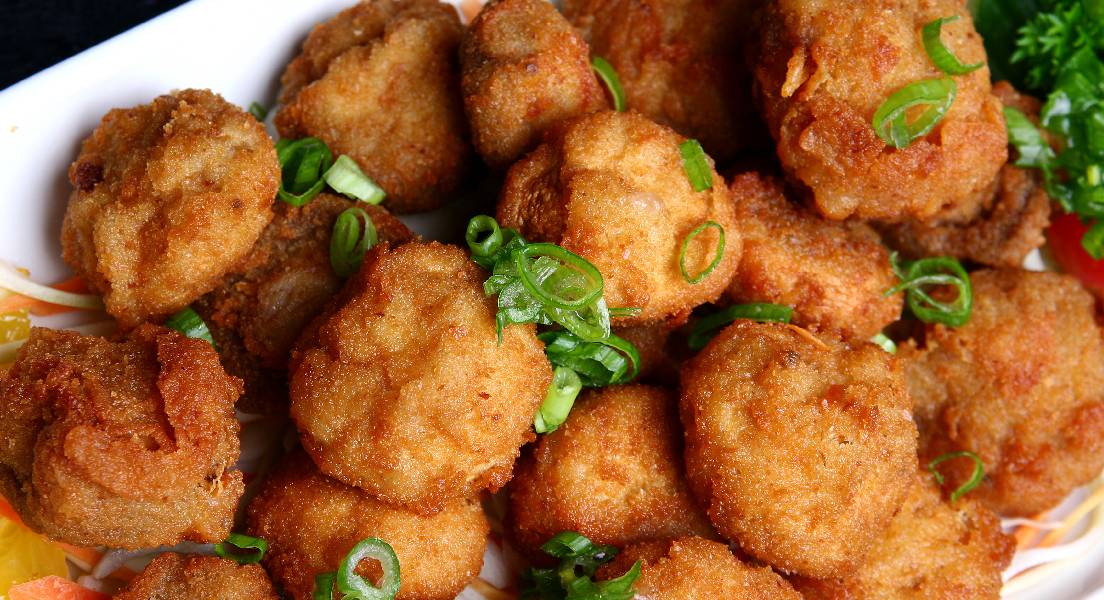
When it comes to comfort food with a bit of crunch and a whole lot of flavours, there are few dishes that can rival the beloved pakora. These deep-fried, spicy fritters are a staple in Indian cuisine, cherished for their taste and versatility. But have you ever wondered about the history and origin of this delectable snack? Join us on a journey through time and taste as we explore the fascinating history, origin, and some interesting facts about pakora.
Let's explore with the next recipe blog by Bhushan Oils and Fats, the leading edible oil manufacturer in India, the ultimate recipe to cook the delightful pakoras.
The exact origin of pakora is shrouded in the mists of time, but it is believed to have its roots in the Indian subcontinent. The word "pakora" is derived from the Sanskrit word "pakvavata," which means "cooked by the heat." Its evolution can be traced back to ancient India, where people creatively combined various ingredients to create this crispy delicacy.
Pakoras have rich historical significance in India. They were not just a delicious snack but also a practical solution to deal with monsoon seasons and food preservation. During the rainy season, when fresh vegetables were scarce, people would coat them in a spiced gram flour batter and fry them to create pakoras. This innovative approach allowed them to enjoy a variety of flavours and nutrients year-round.
Pakoras exhibit remarkable regional diversity in India. Different states and communities have their own variations, using locally available ingredients and spices. Some popular variations include aloo pakora (potato fritters), paneer pakora (cottage cheese fritters), and mirchi pakora (chilli fritters). These regional touches highlight the adaptability and versatility of this timeless snack.
Serve the hot and crispy mixed vegetable pakoras with your favourite chutneys, such as mint chutney or tamarind chutney. They make for a delicious and popular snack or appetiser.
Did You Know that depending on the region, pakoras are known by different names? In Bengal, they are called "beguni," while in parts of North India, they may be referred to as "bhajiya" or "bhajji." Pakoras are also popular among the Parsi communities. They are relatively sweet because they use bananas and caramelised onions.
Pakoras are a popular iftar (the meal to break the fast during Ramadan) item in many Muslim-majority countries. While pakoras are delicious, they are deep-fried, which means they can be high in calories and oil content. That’s why they are served alongside healthier food options during iftar. Pakoras are known as dhaltjies by the Muslim Cape Malays of South Africa.
Enjoy your homemade mixed vegetable pakoras made with edible oil manufacturer in India as a delightful and flavorful snack!